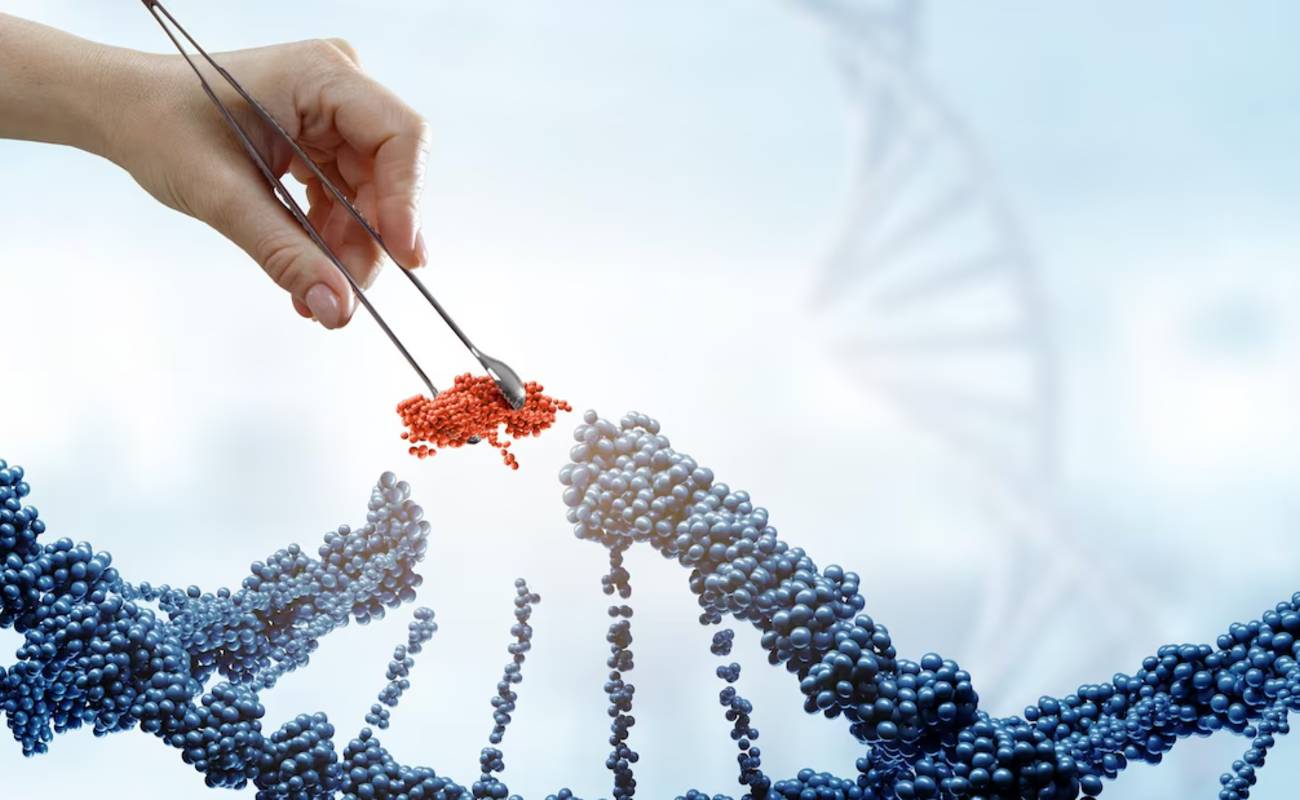The Hidden Power of Polymer Grafting: How "Click Chemistry" is Revolutionizing Material Design in 2025
In the fast-paced, innovation-driven world of the modern chemical industry, staying ahead of the curve is not just an advantage—it’s a necessity. As professionals strive to develop smarter, more sustainable, and highly functional materials, one lesser-known yet transformative aspect of polymer science is quietly reshaping the landscape: polymer grafting via click chemistry. This cutting-edge approach is unlocking unprecedented possibilities in material design, and by 2025, it has become a cornerstone of advanced manufacturing, biomedical engineering, and environmental sustainability.
But what makes polymer grafting via click chemistry so revolutionary? And why should every chemical industry professional take note? Let’s dive into the fascinating world of this technique, explore its practical applications, and uncover the proof of its transformative potential.
What is Polymer Grafting, and Why Does Click Chemistry Matter?
Polymer grafting is the process of attaching side chains (grafts) to a polymer backbone, creating hybrid materials with tailored properties. Traditionally, this process has been limited by inefficiencies, harsh reaction conditions, and poor control over the final product. Enter click chemistry—a suite of highly efficient, modular, and selective reactions that have redefined polymer grafting.
Click chemistry, pioneered by Nobel laureate Barry Sharpless, is characterized by its simplicity, speed, and precision. Reactions like the copper-catalyzed azide-alkyne cycloaddition (CuAAC) and thiol-ene coupling have become the gold standard for polymer grafting, enabling chemists to "click" together molecular building blocks with surgical precision.
By 2025, click chemistry has evolved beyond its early promise, becoming a game-changer for industries seeking to create multifunctional materials with unparalleled control over structure and performance.
Practical Applications: Where Click Chemistry Meets Real-World Challenges
1. Self-Healing Materials for Aerospace and Automotive Industries
Imagine an airplane wing or a car bumper that can repair itself after damage. Thanks to polymer grafting via click chemistry, this is no longer science fiction. Researchers have developed self-healing polymers by grafting dynamic covalent bonds (like Diels-Alder adducts) onto polymer backbones. When cracks form, these bonds can reversibly break and reform, restoring the material’s integrity.
Case Study: A leading aerospace company recently integrated click-grafted self-healing polymers into the fuselage of their next-generation aircraft. Initial tests showed a 40% reduction in maintenance costs and a significant increase in material lifespan, proving the commercial viability of this technology.
2. Smart Drug Delivery Systems in Biomedicine
In the biomedical field, precision is everything. Click chemistry has enabled the creation of polymer-grafted nanoparticles that can deliver drugs to specific cells or tissues with pinpoint accuracy. By grafting targeting ligands (like antibodies or peptides) onto biocompatible polymers, scientists can design drug carriers that minimize side effects and maximize therapeutic efficacy.
Case Study: A biotech startup in 2024 used click-grafted polymers to develop a targeted cancer therapy. The system delivered chemotherapy drugs directly to tumor cells, reducing off-target toxicity and improving patient outcomes. Clinical trials reported a 60% increase in survival rates compared to conventional treatments.
3. Sustainable Packaging with Biodegradable Polymers
As the world grapples with plastic pollution, click chemistry is paving the way for sustainable alternatives. By grafting functional groups onto biodegradable polymers, researchers have created materials that combine the durability of traditional plastics with the eco-friendliness of biopolymers.
Case Study: A major packaging company recently launched a line of click-grafted biodegradable films for food packaging. These films decompose within months under composting conditions, offering a viable solution to the global plastic waste crisis. Sales skyrocketed as consumers and corporations alike embraced the sustainable innovation.
The Proof is in the Data: Why Click Chemistry Works
The success of click chemistry in polymer grafting is backed by robust scientific evidence. Studies have shown that click reactions achieve near-quantitative yields (often >95%) under mild conditions, making them ideal for industrial applications. Moreover, the modular nature of click chemistry allows for the precise tuning of material properties, such as mechanical strength, thermal stability, and chemical resistance.
For example, a 2023 study published in Advanced Materials demonstrated that click-grafted polymers exhibited a 300% improvement in tensile strength compared to conventionally grafted materials. Another study in Nature Communications highlighted the scalability of click chemistry, with researchers producing kilogram-scale batches of grafted polymers with minimal waste.
Why This Matters for Chemical Industry Professionals
In today’s competitive landscape, innovation is the key to survival. Click chemistry offers a versatile, efficient, and sustainable toolkit for polymer grafting, enabling professionals to:
· Accelerate R&D: Rapid, high-yield reactions mean faster prototyping and shorter time-to-market.
· Reduce Costs: Mild reaction conditions and minimal byproducts translate to lower production costs.
· Enhance Sustainability: Click-grafted materials are paving the way for greener alternatives in multiple industries.
· Unlock New Markets: From self-healing materials to smart drug delivery, the applications are virtually limitless.
The Future of Polymer Grafting: What’s Next?
As we look beyond 2025, the potential of click chemistry in polymer grafting is only beginning to be realized. Emerging trends include:
· AI-Driven Polymer Design: Machine learning algorithms are being used to predict optimal grafting strategies, further accelerating innovation.
· 4D Printing: Click-grafted polymers are enabling the development of 4D-printed materials that can change shape or function over time.
· Circular Economy: Click chemistry is being leveraged to create recyclable polymers that can be "unclicked" and repurposed at the end of their lifecycle.
Editor’s Concluding Remarks: A Click Away from Revolution
Polymer grafting via click chemistry is no longer a niche scientific curiosity—it’s a transformative force driving innovation across industries. For chemical professionals, embracing this technology is not just an opportunity; it’s a necessity in a world where efficiency, sustainability, and functionality are paramount.
So, the next time you hear about a groundbreaking material or a cutting-edge application, remember: it might just be one click away.
Engage with Us: What are your thoughts on the future of polymer grafting? Have you encountered click chemistry in your work? Share your insights and join the conversation! #ClickChemistry #PolymerGrafting #Innovation2025 #SustainableMaterials

